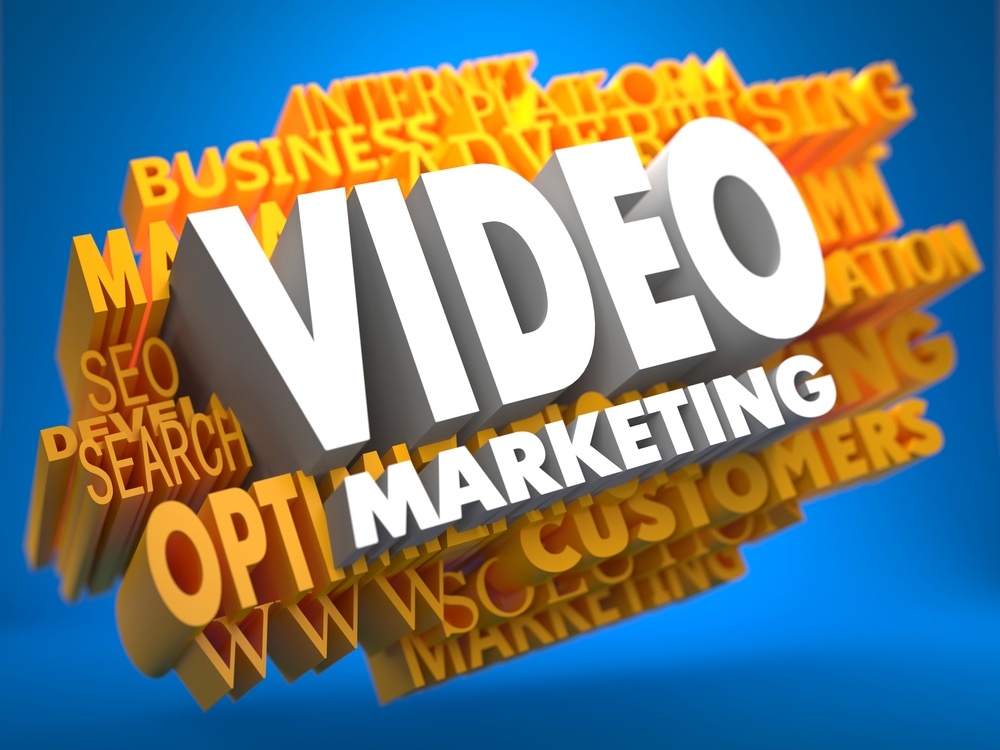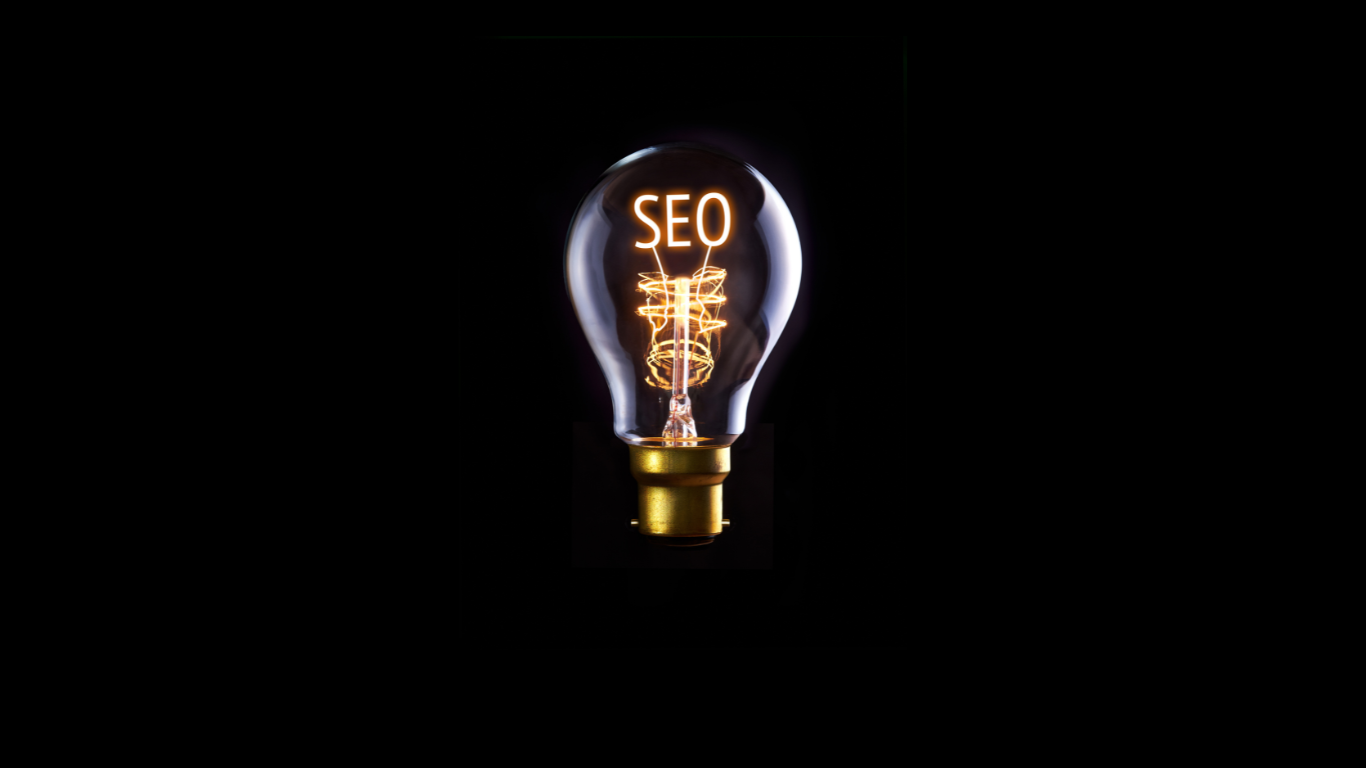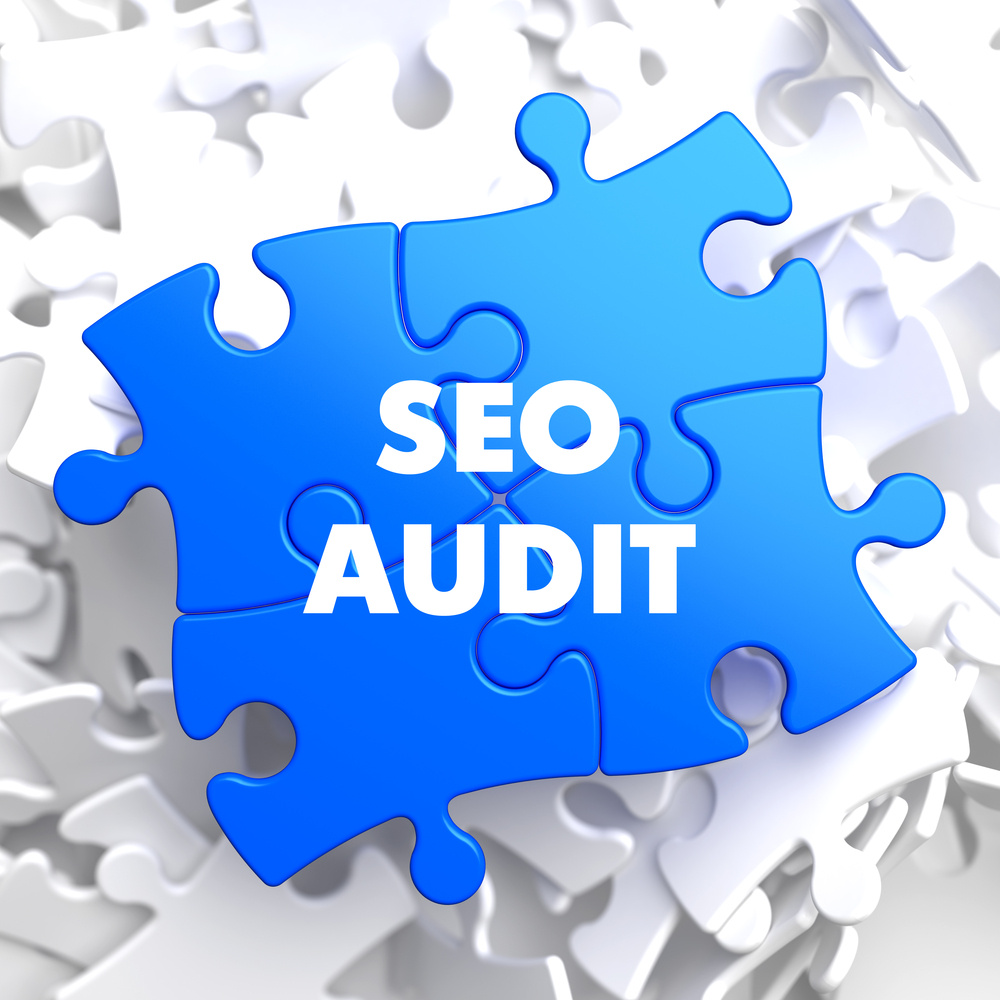The healthcare industry is undergoing a transformative phase, driven by technological innovations, regulatory changes, and evolving consumer demands. As we step into 2025, healthcare sales strategies are adapting to these shifts. Here are the top trends shaping healthcare sales, along with real-life examples to inspire your approach.
1. Digital Transformation in Sales Processes
Trend: Digital tools are becoming indispensable in healthcare sales, streamlining operations and enhancing customer engagement.
Example:
- Pfizer leveraged AI-powered customer relationship management (CRM) systems to analyze physician behavior and personalize outreach. By identifying trends in prescribing patterns, Pfizer's sales representatives could provide relevant information, resulting in better engagement.
Key Strategy for 2025:
Invest in advanced CRM platforms like Salesforce Health Cloud or HubSpot to automate workflows and gain actionable insights.
2. Telehealth Driving New Sales Channels
Trend: The rise of telehealth has created new sales opportunities, with a focus on solutions that enhance virtual patient care.
Example:
- Teladoc Health, a leader in telemedicine, partnered with pharmaceutical companies to integrate prescription services directly into telehealth platforms. This streamlined the patient journey from diagnosis to treatment, driving product adoption.
Key Strategy for 2025:
Sales teams should target telehealth providers with solutions that integrate seamlessly into virtual care models. Highlight time-saving and efficiency benefits.
3. AI-Driven Predictive Analytics
Trend: AI tools are enabling predictive analytics, helping sales teams identify high-potential prospects and personalize their pitches.
Example:
- GE Healthcare implemented AI-driven analytics to predict equipment demand in specific regions. By analyzing hospital purchasing cycles and patient data, GE’s sales team was able to proactively approach clients with tailored offerings, increasing sales efficiency.
Key Strategy for 2025:
Incorporate AI tools like Tableau or IBM Watson into your sales strategy to analyze customer behavior and predict future needs.
4. Value-Based Selling Over Product-Centric Approaches
Trend: Healthcare buyers are increasingly prioritizing solutions that deliver measurable value, such as improving patient outcomes or reducing costs.
Example:
- Boston Scientific restructured its sales approach to focus on outcomes rather than features. By demonstrating how their medical devices improved recovery times and reduced hospital stays, they successfully built trust with hospital administrators.
Key Strategy for 2025:
Develop case studies and ROI-focused presentations that showcase the value your product delivers to healthcare providers and patients.
5. The Growing Role of Omnichannel Marketing
Trend: Sales teams are embracing an omnichannel approach, combining in-person visits, email marketing, and social media to engage clients.
Example:
- Johnson & Johnson integrated digital content marketing with in-person sales calls. Sales reps used LinkedIn to share industry-specific articles, followed up with email campaigns, and conducted virtual demos, leading to higher conversion rates.
Key Strategy for 2025:
Adopt an omnichannel strategy by combining social media outreach, webinars, and in-person meetings to build stronger relationships with clients.
6. Expansion of Home-Based Healthcare Solutions
Trend: Home-based healthcare solutions are gaining traction, creating a new market for sales teams to explore.
Example:
- Philips Healthcare launched a range of home monitoring devices for chronic disease management. Their sales teams focused on partnering with home care providers and educating them on the benefits of remote monitoring, significantly increasing adoption rates.
Key Strategy for 2025:
Tailor your sales pitches to emphasize convenience and improved patient care for home-based solutions.
7. Enhanced Training with AR/VR
Trend: Augmented and virtual reality are being used to train healthcare sales teams, improving product understanding and demonstration skills.
Example:
- Medtronic adopted VR simulations to train sales representatives on the use of their surgical devices. This hands-on experience enabled the team to confidently demonstrate complex procedures, leading to higher client satisfaction.
Key Strategy for 2025:
Invest in AR/VR tools to upskill your sales team, making product demonstrations more engaging and effective.
8. Sustainability as a Differentiator
Trend: Sustainability is becoming a key purchasing factor for healthcare providers, influencing sales approaches.
Example:
- Abbott promoted its eco-friendly packaging and waste-reduction initiatives during sales presentations, aligning with hospital sustainability goals and gaining a competitive edge.
Key Strategy for 2025:
Highlight your company’s commitment to sustainability in sales pitches, focusing on eco-friendly product features and processes.
Conclusion
The healthcare sales landscape in 2025 is a blend of technology, personalization, and value-driven strategies. Companies that embrace these trends and adapt their sales tactics to meet evolving customer needs will thrive.
By studying examples from industry leaders like Pfizer, Boston Scientific, and GE Healthcare, sales teams can gain valuable insights and apply these lessons to their own strategies.
Are you ready to transform your healthcare sales strategy for 2025? Let us know your challenges, and we’ll help you create a tailored plan to succeed!

A.H Brands
.png?width=500&height=200&name=Its%20Pet%20Cancer%20Awareness%20Month%2c%20and%20were%20committed%20to%20educating%20people%20about%20pet%20cancer%20and%20available%20resources.%20Innovative%20treatments%20now%20harness%20pets%20own%20immune%20systems%20to%20treat%20and%20manage%20va%20(13).png)



















